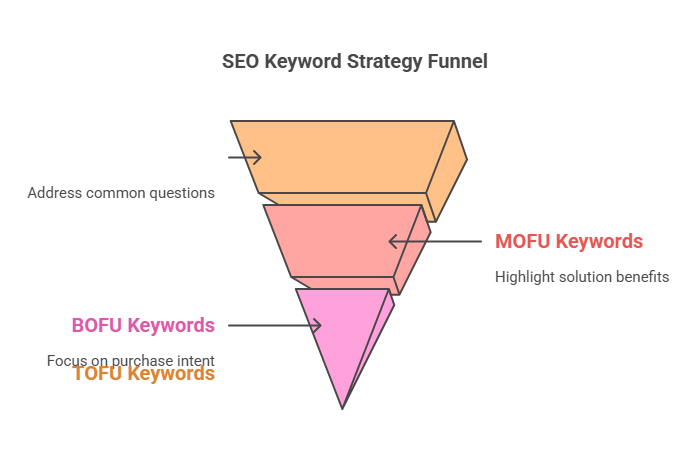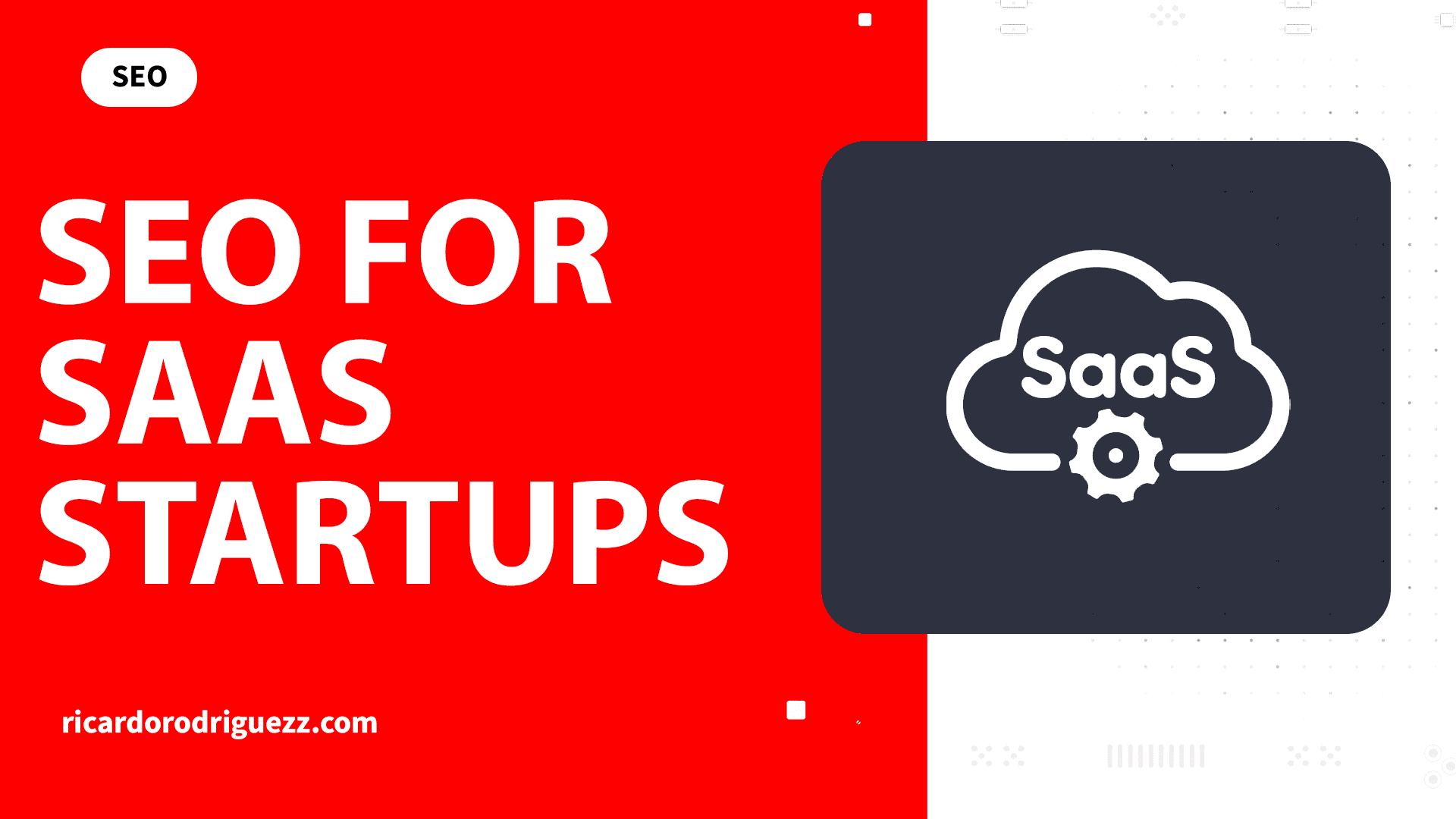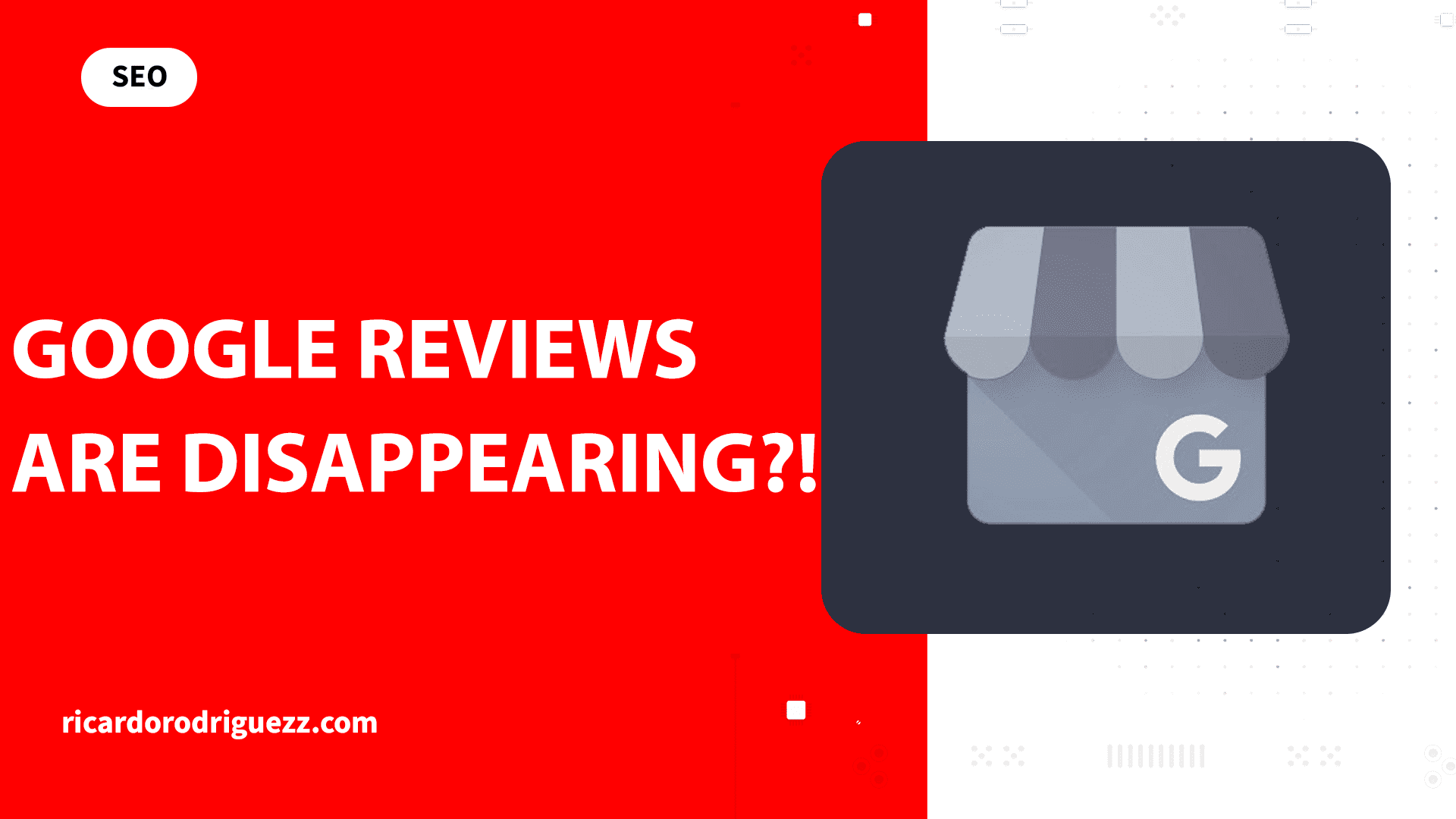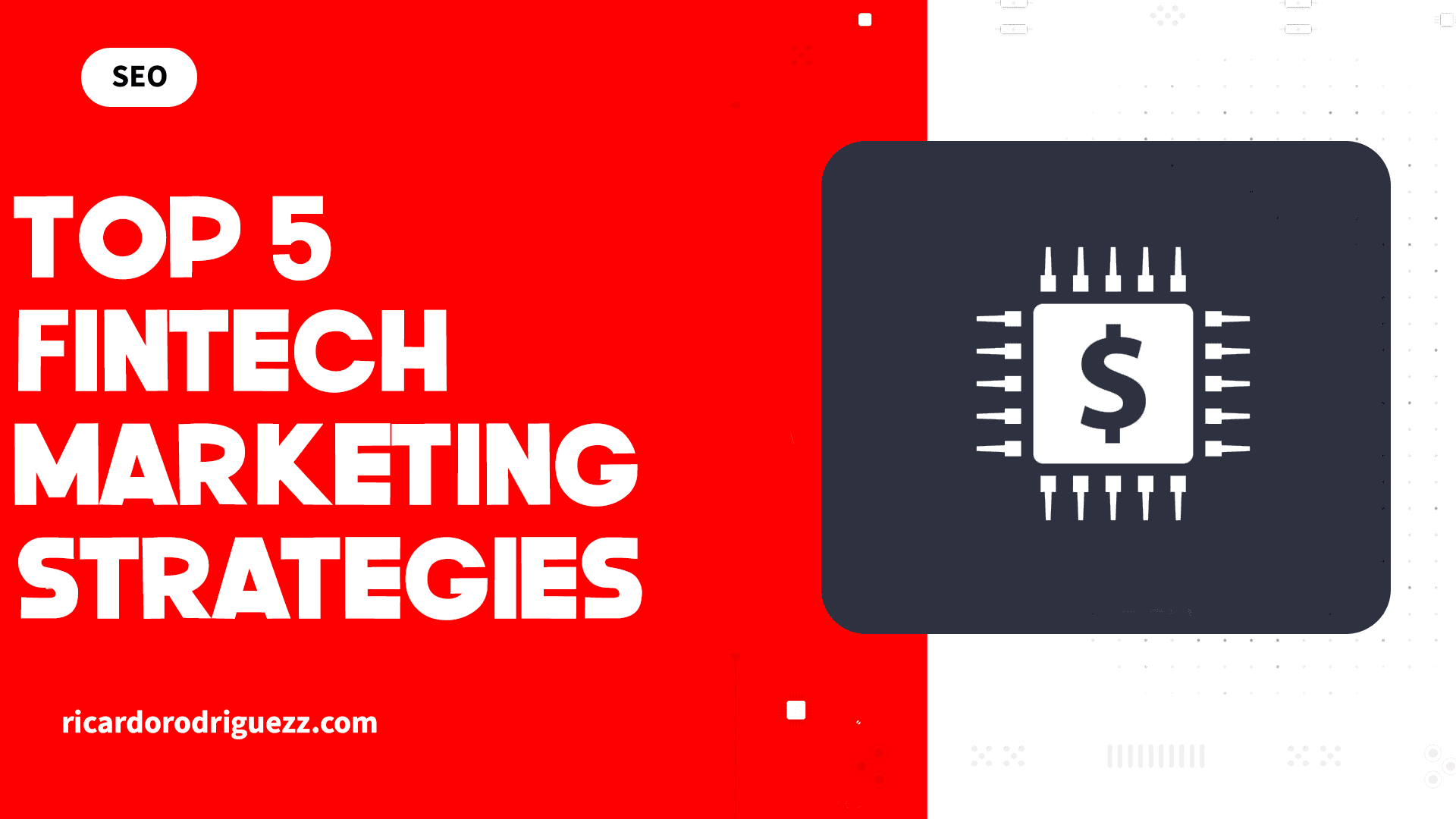SEO for SaaS startups in 2025 is a whole new ball game. With AI driven search overviews, generative engines like ChatGPT and Perplexity changing user queries, and platforms like Reddit and LinkedIn dominating search engine results pages (SERPs), old school SEO is dead. For SaaS companies, SEO is no longer a nice-to-have, it’s the foundation of sustainable growth.
The stakes are higher than ever. Startups that don’t adapt to Google’s prioritization of user generated content (UGC), video integrations and AI friendly technical structures will lose visibility to competitors who do. This guide will walk you through a step by step SaaS Startup SEO strategy, combining foundational principles with 2025 specific tactics to help you rank faster, attract high intent users and scale your business.
Step 1: Foundational Keyword Research for SaaS
Keyword research is the foundation of any good startup SaaS SEO strategy, but the approach has changed. In 2025, SaaS startups need to look beyond Google and prioritize platforms where their audience is active.
The SaaS Marketing Funnel
The SaaS marketing funnel is divided into three stages, each requiring a different keyword strategy:
- Top of Funnel (TOFU): At this stage users are looking for broad information. Keywords like “What is a CRM?” or “How does project management software work?” are common. The goal here is to build brand awareness by addressing pain points without selling your product. For example ClickUp’s blog post “How to Track Changes in Google Docs” gets 12,000 monthly visitors by solving a common problem before subtly introducing their tool as a better alternative.
- Middle of Funnel (MOFU): Here users are comparing solutions. Keywords like “CRM vs ERP systems” or “HubSpot vs Salesforce” indicate evaluation intent. Your content should showcase your SaaS product’s unique value proposition. A landing page comparing your tool to competitors with feature breakdowns and customer testimonials can sway decision makers.
- Bottom of Funnel (BOFU): These are high intent commercial keywords like “best small business CRM software” or “project management tools for construction teams.” Content at this stage should be conversion focused with clear CTAs like free trials or demo requests.

User Generated Content Platforms for Keyword Gold
Google’s 2023 Helpful Content Update prioritized user experience, so platforms like Reddit and YouTube are now dominating the SERPs. For example, a Reddit thread titled “Best Product Management Software in 2025” might rank #1 for that keyword even above established SaaS websites. To take advantage of this:
- Monitor Reddit Threads: Use tools like Ahrefs to find trending threads in your niche. Engage authentically by answering questions and linking to gated content (e.g. “Check out this software”).
- Optimize YouTube Content: As the second largest search engine, YouTube is a goldmine. Repurpose top performing blogs into tutorials or case studies. For example a video titled “How Our CRM Saved 100+ Hours for Small Businesses” can rank for both YouTube and Google searches.

Tools to boost SaaS Keyword Research
- Ahrefs: Use its “Keyword Explorer” to filter by search intent (e.g. “SaaS”, “CRM”). For example the keyword “CRM scheduling for service providers” has low competition but high intent for B2B startups.
- SEMrush’s Keyword Gap Analysis: Find gaps between your site and competitors. If a competitor ranks for “ERP for remote teams” but you don’t, create a more in-depth guide.
- AnswerThePublic: Find long tail questions like “How to integrate a CRM with Slack?” which indicate niche user needs.
Step 2: Create Funnel Focused Content That Converts
For SaaS startups content must align with the user’s journey from awareness to purchase. Here’s how to structure it:
Top of Funnel: Educate with Authority
TOFU content should position your brand as an authority. Take inspiration from ClickUp’s blog strategy:
- Their post “How to Track Changes in Google Docs” starts by addressing a universal pain point (collaboration challenges) and gradually introduces their tool as a solution.
- Use semantic keywords like “document collaboration best practices” or “team workflow optimization” to match Google’s natural language processing.
Middle of Funnel: Win the Comparison
Comparison content is where SaaS startups can beat competitors. A landing page for “CRM vs ERP systems” should:
- Feature Tables: Highlight where your tool wins (e.g. “24/7 customer support”, “Zapier integrations”).
- Embedded Demos: Short videos of your software in action.
- Social Proof: G2 reviews, case studies or logos of trusted customers.
Bottom of Funnel: Eliminate Friction
BOFU content must remove friction. For example ClickUp’s landing page “Project Management Software for Construction Teams” has:
- Keyword Optimized Headers: The H1 “15 Best Construction PM Tools (Free & Paid)” is an exact match keyword.
- Urgency Driven CTAs: “Start Your Free Trial” above the fold.
- Trust Badges: SSL certificates, money back guarantees or media mentions.
Step 3: Technical SEO – The Invisible Engine of SaaS Growth
Even great content won’t rank without a technically sound site.
Site Speed: The Silent Ranking Factor
Google’s Core Web Vitals prioritize user experience. Slow sites lose rankings and conversions. To fix this:
- Use WebPageTest to test performance.
- Compress images with Squoosh and lazy load videos.
- Minify JavaScript bundles with Webpack.
Schema Markup for AI Crawlers
Generative engines like ChatGPT rely on structured data to understand context.
- Article Schema: Helps AI summarize your blog posts.
- HowTo Schema: Optimizes step-by-step guides for featured snippets.
- Product Schema: Shows pricing and features in AI overviews.
Mobile-First Indexing: Non-Negotiable for SaaS
Over 60% of B2B searches are done on mobile. Make sure:
- CTAs like “Book a Demo” are thumb-friendly.
- Forms auto-adjust to smaller screens.
- Test mobile usability via Google Search Console.
Step 4: Build High Quality Backlinks – The Currency of Authority
In 2025 backlinks are still a cornerstone of SEO for SaaS startups but the game has changed from quantity to strategic quality. Search engines like Google and generative AI tools like ChatGPT prioritize brands with strong domain authority which is based on credible backlinks and brand mentions.
PR Outreach for Strategic Brand Mentions
Brand mentions – even without direct links – tell AI driven search engines you’re an authority. Take Herman Miller, an office furniture company that dominates generative engine results for terms like “best ergonomic office chairs”. Their strategy:
- Niche Blogs: They pitched ergonomic chair benefits to remote work blogs and got 50+ mentions in articles like “How to Set Up a Pain-Free Home Office”
- Data Driven Stories: Herman Miller shared a study on “The Impact of Ergonomics on Productivity” which media outlets sourced as an expert.
For SaaS startups do:
- Find Industry Publications: Use Semrush or Ahrefs to find topics in your niche with authority.
- Pitch Data Driven Insights: Offer unique stats (e.g. “CRM Automation reduces onboarding time by 40%”) to journalists.
Create Linkable Assets
High quality backlinks require you to offer value beyond product pitches. Examples of linkable assets for SaaS startups are:
- Free Tools: Create a “Free SaaS Tool” or “Template” for your audience. For example HubSpot’s “Website Grader” gets thousands of backlinks from small business blogs.
- Industry Reports: Publish an annual “State of SaaS Marketing” report with original data. Promote it to SaaStr or TechCrunch for coverage.
- Interactive Content: Create a quiz like “Which CRM Fits Your Workflow?” that bloggers embed via iframe and get backlinks naturally.
Guest Posting in 2025
Guest posting isn’t dead but its execution has changed. Focus on platforms where your audience already exists:
- LinkedIn Articles: Write thought leadership pieces like “Why Traditional SEO Fails SaaS Startups” and share in SaaS focused LinkedIn groups.
- Niche Forums: Contribute to communities like Indie Hackers or Product Hunt with actionable advice, linking to in-depth guides on your site.
Step 5: Dominating UGC Platforms – Reddit, YouTube, and LinkedIn
User generated content (UGC) isn’t just for DTC brands. In 2025 SaaS startups must use UGC platforms to hijack SERP features and build trust.
Reddit SEO: From Threads to Traffic
Reddit threads now dominate SERPs for comparison keywords (e.g. “best project management software Reddit”. To do this:
- Find High Traffic Threads: Use Ahrefs’ “Site Explorer” to find Reddit posts ranking on Page 1 for your target keywords.
- Be Authentic: Don’t self promote. Instead answer questions like “We switched to Tool X because it solved [specific pain point]”
- Link to Gated Content: After providing value mention a free resource (e.g. “We put together a SaaS buyer’s checklist here [link]”)
Example: A Reddit thread titled “CRM for Startups with Tight Budgets” ranks #1 for that keyword. By participating in the discussion and linking to a “Free CRM Cost-Saving Guide,” you funnel Reddit users into your sales pipeline.
YouTube SEO: Video as a Conversion Machine
YouTube isn’t just for influencers—it’s a goldmine for SaaS startups. For example a video titled “How to Automate Client Onboarding with [Your Tool]” can rank on both YouTube and Google. Optimize videos by:
- Keyword in the Title and Description: Use VidIQ to find high volume keywords
- Transcriptions and Closed Captions: These help with SEO and make content accessible to generative engines.
- CTAs in Video Description: Link to free trials or demo sign ups.
LinkedIn: The SaaS SEO Platform Nobody is Using
LinkedIn posts now show up in Google’s “Discussions and forums” snippets. To use this:
- Publish Long Form Posts: Share case studies
- Join SaaS Groups: Participate in LinkedIn groups by answering questions and linking to relevant blog posts.
- Optimize LinkedIn Articles: Include keywords in the headline and body.
Step 6: Measure and Refine Your SaaS SEO
SEO is iterative. Without continuous refinement even the best strategies die.
SaaS SEO Tools
- Google Analytics 4: Track organic traffic converting into trials or demos. Set up custom events like “Free Trial Started” to measure ROI.
- Ahrefs: Monitor keyword rankings, backlinks and content gaps. For example if a competitor outranks you for “CRM for remote teams” create a more comprehensive guide.
- SurferSEO: Audit existing content against top ranking pages. Surfer’s “Content Editor” suggests optimal keyword density, headers and word count.
SaaS SEO KPIs
- Organic Traffic to Trial Rate: Aim for at least 5% of organic traffic to start free trials.
- Commercial Keyword Rankings: Track rankings for bottom of funnel keywords like “best [niche] software”
- Backlink Authority: Use Ahrefs’ “Domain Rating” (DR) to ensure new backlinks come from sites.
A/B Testing
Test:
- CTA Placement: Does a “Get Started” button above the fold convert better than one at the bottom?
- Content Format: Do listicles (“10 Tools for X”) perform better than how-to guides (“How to Achieve X”)?
- Meta Descriptions: Test emotional triggers (“Double Your Productivity”) vs. practical ones (“Save 10 Hours/Week”)
Step 7: SaaS Startups SEO Mistakes to Avoid
Even experienced marketers trip up. Here’s how to avoid common mistakes:
Keyword Stuffing
Stuffing keywords which will harm readability and trigger Google’s spam filters. Instead:
- Use semantic keywords (e.g., “SaaS search engine optimization” instead of “SEO”)
- Write for humans first, search engines second.
Not Updating Content
Google favors fresh and accurate content. A blog post titled “Top CRMs in 2023” won’t rank in 2025 unless updated. Schedule quarterly audits to:
- Update statistics and examples.
- Add new sections (e.g., “How AI changed CRM Software in 2025”)
Not Focusing on Local SEO for Regional SaaS Startups
If your SaaS targets specific regions (e.g., “CRM software for Canadian startups”):
- Optimize Google Business Profile with SaaS related keywords.
- Build local backlinks from regional tech blogs or chambers of commerce.
Are You Ready To Grow Your SaaS Startup?
SEO for SaaS startups in 2025 requires agility, technical expertise and user intent. By mastering advanced technical SEO, local SEO, conversion optimization and paid channels your startup can rank for good.
Ready to Grow? Hire the best freelance SEO specialist to scale your SaaS startup today!







